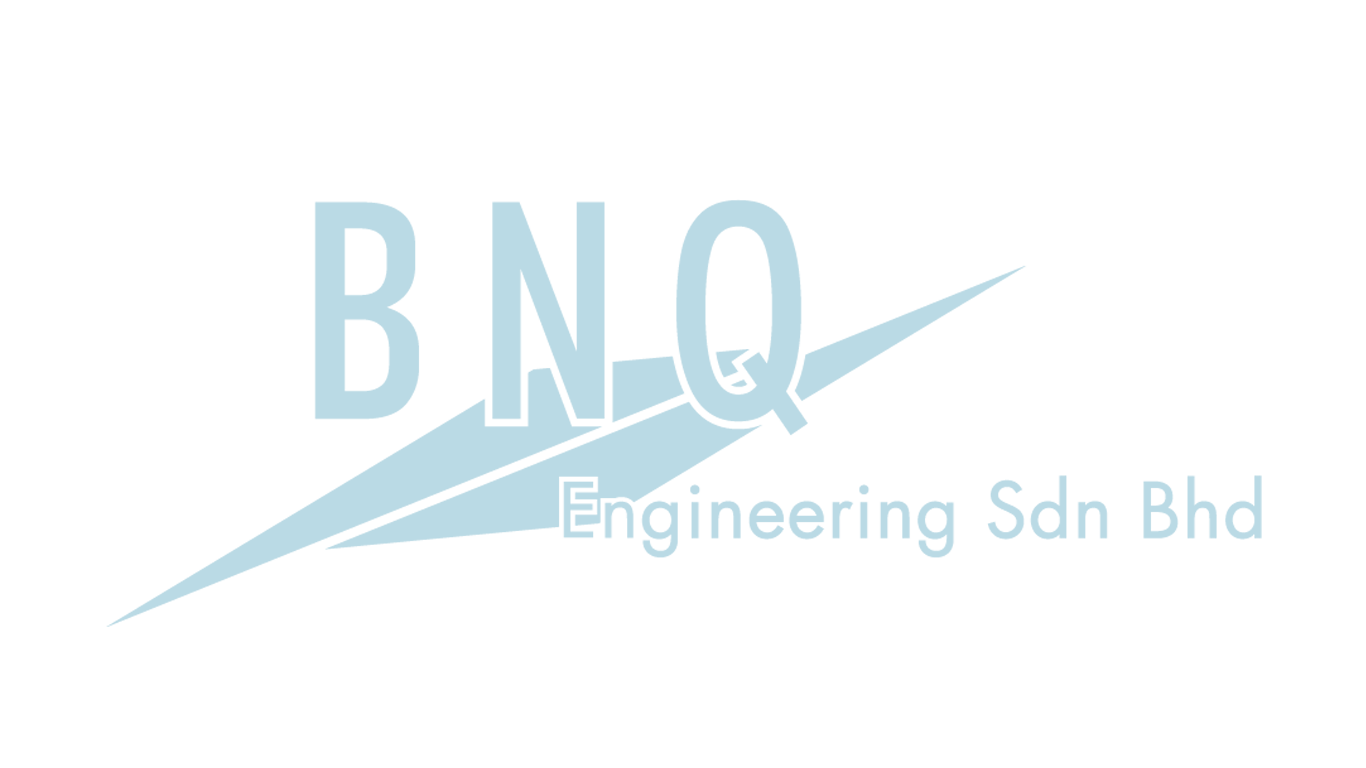Cleanroom technology and design have made significant strides in recent years, driven by the increasing demand for contamination control in various industries such as pharmaceuticals, biotechnology, and electronics. These advancements ensure that cleanrooms maintain the highest standards of cleanliness and operational efficiency. This article explores the latest developments in cleanroom technology and design, highlighting innovations that enhance performance and compliance.
Modular cleanroom systems
Prefabricated and customizable modular cleanroom systems offer flexibility and scalability, allowing for quick installation and reconfiguration to meet changing requirements. These systems reduce construction time and costs while maintaining stringent contamination control standards.
Advanced air filtration systems
- HEPA and ULPA filters
High-Efficiency Particulate Air (HEPA) and Ultra-Low Penetration Air (ULPA) filters provide superior air filtration, removing airborne particles and contaminants. These filters are essential for maintaining cleanroom classifications and ensuring a sterile environment. - Laminar airflow systems
Laminar airflow systems ensure a continuous flow of filtered air in a unidirectional pattern, reducing the risk of cross-contamination. This technology is particularly crucial in sensitive areas where the highest level of contamination control is required.
Smart cleanroom technology
- IoT integration
Integrating the Internet of Things (IoT) in cleanroom technology allows for real-time monitoring and control of environmental parameters such as temperature, humidity, and particle count. IoT-enabled sensors and devices provide valuable data that can be used to optimize cleanroom operations and ensure compliance. - Automated systems
Automated systems, including robotic cleaners and automated material handling, enhance cleanroom efficiency by reducing human intervention and the associated risk of contamination. These systems improve operational consistency and reliability.
Energy-efficient designs
- Sustainable materials
Using sustainable and energy-efficient materials in cleanroom construction reduces environmental impact and operational costs. Materials with low volatile organic compound (VOC) emissions contribute to better indoor air quality and overall sustainability. - Energy-saving HVAC systems
Advanced Heating, Ventilation, and Air Conditioning (HVAC) systems with energy-saving features, such as variable air volume (VAV) controls and heat recovery systems, optimize energy use while maintaining strict environmental controls.
Enhanced contamination control
- Antimicrobial surfaces
Incorporating antimicrobial surfaces and coatings in cleanroom design helps to minimize the growth and spread of microorganisms. These surfaces are particularly beneficial in healthcare and pharmaceutical cleanrooms where sterility is paramount. - Cleanroom garments
Advanced cleanroom garments made from low-linting, breathable, and comfortable materials provide an additional layer of contamination control. Innovations in garment design improve protection and user comfort, enhancing overall cleanroom performance.
Compliance and validation
- Regulatory compliance
Keeping up with evolving regulatory requirements is essential for cleanroom operations. Adopting advanced technologies and design practices ensures compliance with standards such as ISO 14644, GMP, and FDA guidelines. - Validation and monitoring
Continuous validation and monitoring of cleanroom conditions using advanced data analytics and reporting tools help maintain compliance and identify areas for improvement. Regular validation ensures that cleanrooms consistently meet required standards.
Conclusion
The advancements in cleanroom technology and design are transforming the way cleanrooms are built and operated, enhancing their efficiency, sustainability, and compliance. By adopting modular systems, advanced air filtration, smart technology, energy-efficient designs, enhanced contamination control, and robust compliance measures, industries can achieve optimal cleanroom performance. At BNQ Engineering, we are committed to integrating these innovations into our cleanroom projects, ensuring the highest standards of quality and reliability for our clients.


